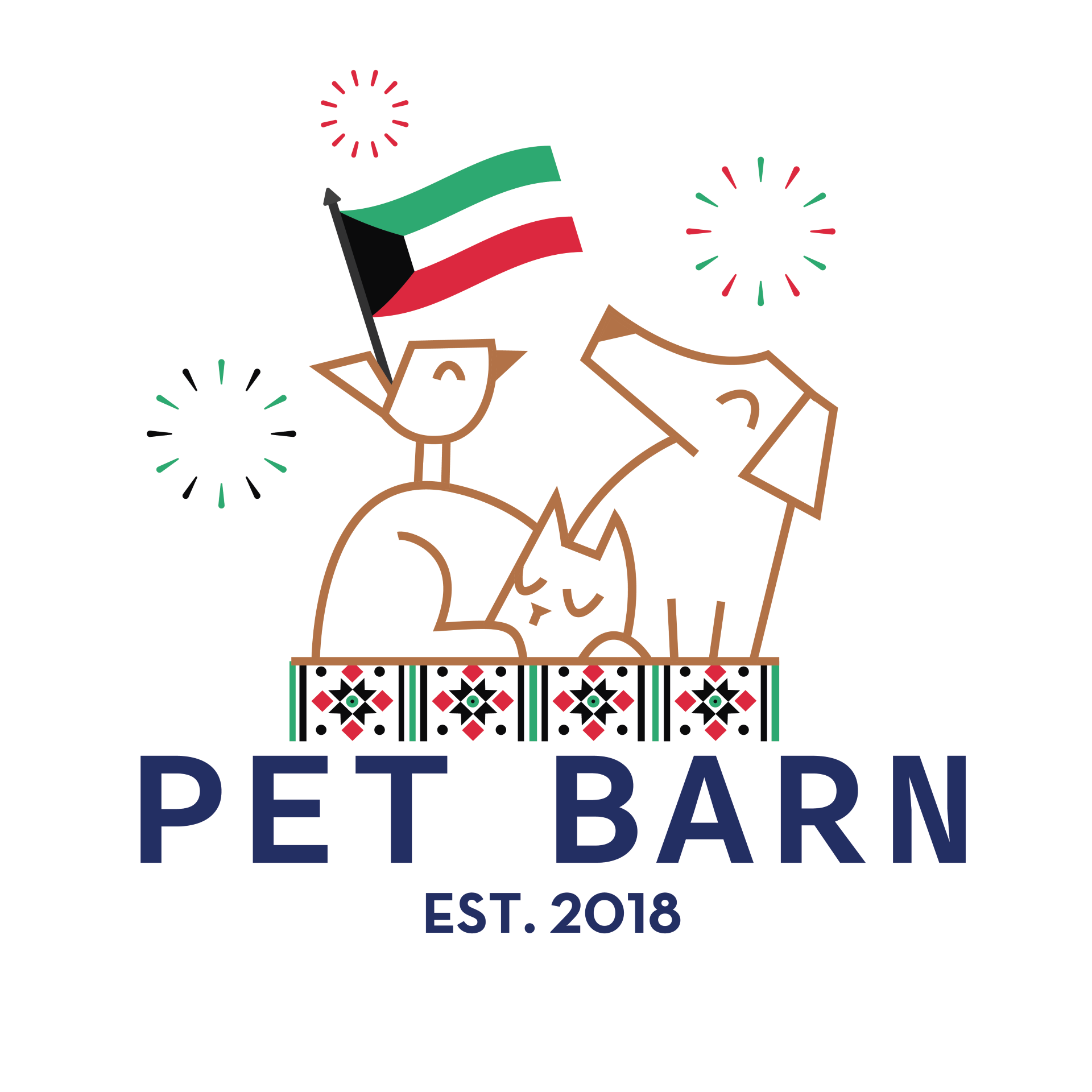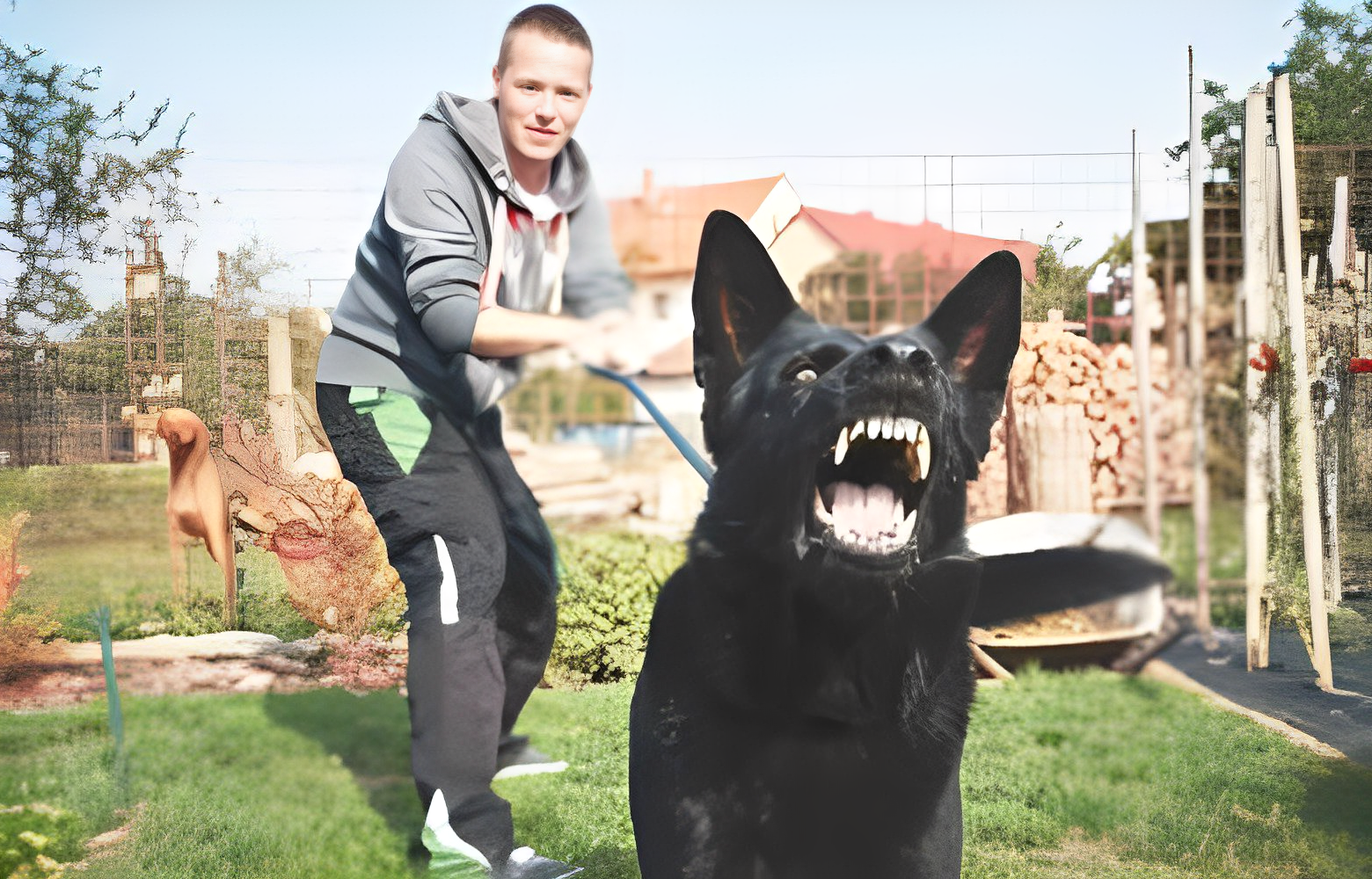Dogs, esteemed for their loyalty, affectionate nature, and unwavering companionship, occasionally exhibit behaviors that bewilder and concern their owners, most notably aggression. Canine aggression is a nuanced and multifaceted phenomenon, ranging from subtle warning signs to overt actions like biting. In this extensive exploration, pet barn aim to unveil the diverse reasons behind canine aggression, offering comprehensive insights into understanding, addressing, and preventing this intricate behavior.
Understanding the Complexity of Canine Aggression:
Aggression in dogs is not a monolithic trait; rather, it spans a spectrum of behaviors influenced by various factors. To effectively manage and prevent aggression, it is crucial for dog owners to discern the signs and identify the root causes. Let’s delve into the myriad reasons behind why dogs may display aggressive behavior:
1. Fear and Anxiety:
Dogs, akin to humans, experience fear and anxiety. When a dog perceives a threat or feels frightened, aggression may manifest as a defensive response. Identifying the source of fear and working towards alleviating it is fundamental to reducing aggressive tendencies.
2. Territorial Instincts:
Dogs are inherently territorial animals. Aggression may arise when a dog senses a threat to its territory, whether it’s a new person, animal, or even an unfamiliar object. Proper socialization and positive reinforcement can effectively mitigate territorial aggression.
3. Pain or Discomfort:
Dogs in pain or discomfort may resort to aggression to communicate their distress. Vigilant observation of behavioral changes and prompt veterinary care for suspected pain or health issues is essential in addressing aggression rooted in physical discomfort.
4. Possessiveness:
Possessiveness over toys, food, or human family members can trigger aggression in some dogs. Implementing training exercises that encourage sharing and employing positive reinforcement can help address possessive behaviors.
5. Lack of Socialization:
Dogs inadequately socialized during their critical developmental period may develop fear-based aggression. Early and positive exposure to diverse environments, people, and animals is imperative to prevent this type of aggression.
6. Dominance Issues:
Aggression rooted in dominance-related behavior is not uncommon. Dogs, being social animals, establish hierarchies. Training methods emphasizing positive reinforcement and clear leadership can manage dominance-related aggression effectively.
7. Frustration:
Frustration can lead to aggressive outbursts, especially if a dog is unable to access something it desires. Teaching patience and providing alternative outlets for energy and excitement can mitigate frustration-induced aggression.
8. Medical Conditions:
Underlying medical conditions, such as thyroid issues or neurological disorders, can contribute to aggressive behavior. Regular veterinary check-ups are crucial to identifying and addressing potential health-related influences on aggression.
Strategies for Addressing and Preventing Canine Aggression:
Once the root cause of aggression is identified, effective management and prevention involve a combination of patience, consistency, and, in some cases, professional intervention. Consider the following comprehensive strategies to help address and reduce canine aggression:
1. Consult with a Veterinarian:
Begin by consulting with a veterinarian to rule out potential health issues. Addressing medical conditions can significantly impact behavior and reduce aggressive tendencies. A thorough physical examination and relevant tests can provide valuable insights into the dog’s health.
2. Professional Training:
Seek the assistance of a certified professional dog trainer or behaviorist experienced in handling aggression. Their expertise can help assess specific triggers and develop a tailored training plan. Professional trainers can also guide owners on effective communication and positive reinforcement techniques.
3. Positive Reinforcement:
Utilize positive reinforcement techniques to reward desired behaviors. This approach can reshape a dog’s response to certain stimuli, replacing aggression with more appropriate behavior. Positive reinforcement involves rewarding good behavior with treats, praise, or play, creating a positive association.
4. Socialization:
Gradually expose your dog to various environments, people, and animals in a positive manner. Socialization, especially during a dog’s early developmental stages, can reduce fear-based aggression. Controlled and positive introductions to new stimuli help build confidence and decrease anxiety.
5. Consistent Leadership:
Establish yourself as a consistent and confident leader. Dogs thrive on structure and clear boundaries, and a well-defined hierarchy can help manage dominance-related aggression. Consistency in commands, routines, and expectations reinforces the dog’s understanding of its place within the family structure.
6. Provide Mental and Physical Stimulation:
Combat boredom and lack of mental stimulation by engaging your dog with interactive toys, regular exercise, and activities that challenge their mind. Mental stimulation is as crucial as physical exercise and helps prevent frustration-induced aggression.
7. Behavior Modification Techniques:
Collaborate with a professional to implement behavior modification techniques that target specific triggers for aggression. These may include desensitization (gradual exposure to triggers) and counterconditioning (associating positive experiences with previously negative stimuli).
8. Create a Safe Environment:
Designate a secure and comfortable space for your dog, especially if territorial aggression is a concern. Providing a safe haven where the dog can retreat reduces stress and promotes a sense of security.
Understanding the myriad reasons behind canine aggression is the cornerstone of fostering a harmonious relationship with our four-legged friends. With patience, positive reinforcement, and, when necessary, professional guidance, owners can effectively manage and prevent aggressive behavior. By recognizing the factors contributing to aggression and proactively addressing them, pet owners can ensure a happy and well-adjusted life for both them and their beloved companions. Remember, every dog is unique, and a tailored approach considering the individual dog’s personality and history is essential for success in addressing aggression.

